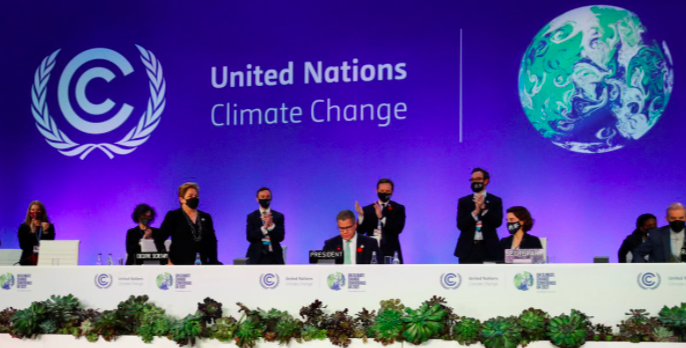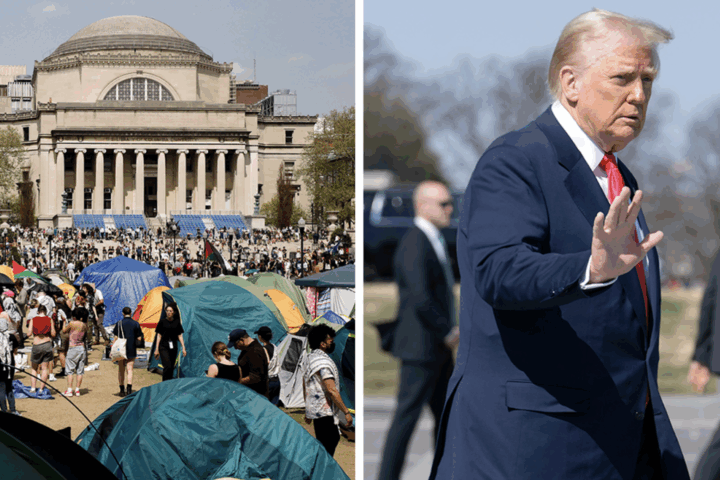On August 9th, 2021, the Intergovernmental Panel on Climate Change published the first part of its sixth assessment report focusing on the physical science of climate change and the results are alarming. The 4,000+ page report was compiled by 234 experts from 66 countries, reflecting a widespread and thorough approach. The latter two parts, which are scheduled to be published in 2022, will focus on impacts, adaptations, vulnerability and mitigation.
The IPCC was created in 1988 to provide policy makers with scientifically proven information on climate change, such as its effects and options for mitigation. Reports are published every few years assessing the latest scientific knowledge. The work schedule for the recent report had to undergo a massive shift due to the pandemic. All meetings were held online, which resulted in increased participation from authors, experts and governments, making this report the most comprehensive one to date.
The recent report details the progression of global warming, citing that “it is unequivocal that human influence has warmed the atmosphere, ocean and land”. It reflects that if we continue on our current path, Earth will be pushed to a point of no return as climate change reaches a tipping point. In fact, Earth’s global surface temperature has already reached its highest point in 125,000 years, before the most recent ice age. Despite this, the report also concludes that “we still have part of our ‘carbon budget’ left to meet the goals of limiting climate change, and rapid action can help to achieve this.” This carbon budget includes the possibility of limiting warming to 1.5, 1.7, and 2 °C. In order to reach any of these levels, we must achieve net zero emissions. And although unlikely, achieving net negative emissions may assist in reversing certain climatic impacts. Unfortunately, global mercury levels have already spiked 1.1 °C above pre-industrial levels (1850-1900). Moreover, the global concentration of CO2 has risen at an exponential rate, with atmospheric CO2 levels in 2019 reaching their highest levels in at least 2 million years. Similar patterns have been observed with other greenhouse gasses such as methane and nitrous oxide. Cutting emissions will be crucial in ensuring that warming does not exceed the climatic threshold.
Nearly all signs point to the disheartening truth that the global temperature will likely breach the 1.5 °C threshold limit set under the Paris climate agreement. Compared to the last report in 2013, this report narrowed the probable warming range from 1.5-4.5 °C to 2.5-4 °C. Furthermore, virtually all sixth assessment scenarios predict at least 1.5 °C of warming by mid-century, and without drastic emission cuts, we are likely to exceed 2 °C of warming by 2080. In a moderate, business as usual scenario, the climate is likely to warm an additional 2.1-3.5 °C, which is well above the threshold. But if we achieve net zero emissions by 2050, we can still limit warming to 1.5 °C above pre-industrial levels, which is now the IPCC’s best case scenario. According to Maisa Rojas, a lead author on the report, “unless there are immediate, rapid and large-scale reductions of all greenhouse gases, limiting global warming to 1.5 °C will be beyond reach.”
(The SSPs designate different emission scenarios, with the best case scenario on the left.)
The report also details an extensive array of impacts that climate change has on the Earth. Need overwhelming physical proof? The report points to the growing number of extreme weather events that have no doubt captivated the nation over the past few years. From wildfires to hurricanes, the increase in both the frequency and intensity of such events are effects of rising temperatures. Using advanced climate models, the report predicts that weather extremes will continue to increase in almost all regions. Particularly within Northern North America, temperature increases are projected to be very large compared to the global average, especially during winter time. Additionally, Central and Western North America are predicted to experience increases in drought and fire weather. Although the IPCC report acknowledges that the impacts will be widespread, other reports have specifically recognized that these impacts will be greater for already marginalized communities.
Regardless of our future actions, past emissions have ensured the irreversibility of certain climatic changes, such as sea level rise and ocean acidification. This is due to a delay between cause and effect. For example, ice sheets and glaciers take a longer time to adjust to rising temperatures. Thus, we are already locked into a certain amount of sea level rise due to the warming we have already experienced and are bound to continue experiencing. Indeed, even in the best case scenario of 1.5 °C of warming, the average sea level is still projected to increase at least another 2-3 meters, which may have devastating effects on coastal communities. But don’t let the slow pace of these effects fool you; oceans are heating up at a rate not seen since the end of the last ice age 11,000 years ago. Additionally, the Arctic is at risk of becoming ice-free during summers at least once by 2050. While these effects aren’t 100% certain, the report notes that “the biggest uncertainty in all climate-change projections is how humans will act”.
The report arrives less than 3 months before the global climate summit in Glasgow, UK, where governments will be able to make environmental pledges similar to those made at the 2015 conference in Paris. So far, governments have failed to take the necessary steps to cut emissions and transition to renewable energy sources, despite the IPCC’s grim warnings. But according to Corpgov, “there is increasing consensus from governments that stronger action needs to be taken to address climate change.”
Of utmost importance to the progression of climate change will be those at the center of production. According to GreenBiz’s Aman Singh, businesses must set science-based goals and map their impact. Unilever, a UK based company representing brands such as Ben & Jerry’s and Dove, has maintained an exemplary balance between setting and achieving green goals. As a result of previous goals, 26 of their brands are 100% sourced from sustainable materials, they adopted a Sustainable Agriculture Code, they reduced their CO2 emissions by 65% and their waste sent for disposal by 96%, and have become an industry leader in reusable and recyclable packaging. Demonstrating their capacity for sustainable innovation, they currently aim to halve their environmental footprint and become carbon negative by 2030. Other pockets of the private sector have also started to increase their climate risk management. For example, the Net Zero Banking Alliance has brought together banks around the world with the common goal of net zero emissions by 2050. However companies choose to proceed, the next decade will be crucial in deciding our fate and the IPCC’s sixth assessment report has given a huge wake up call to humanity.






